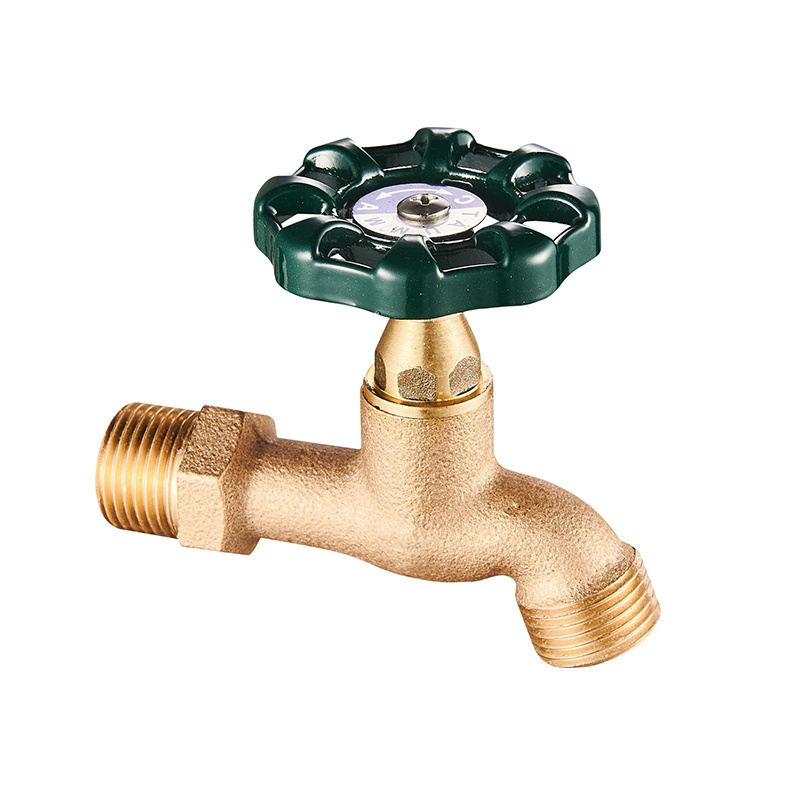News
11
2025
-
06
Understanding Hot and Cold Faucet Pipes: Key Considerations for Your Plumbing Needs
When it comes to plumbing, one of the fundamental aspects to consider is the hot and cold faucet pipes. These pipes are responsible for delivering water at the desired temperature, making them crucial for the proper functioning of faucets in kitchens, bathrooms, and other areas of a building. Understanding the characteristics and requirements of these pipes can lead to better installation outcomes and improved water efficiency.
First, let's dive into the materials commonly used for hot and cold faucet pipes. The most prevalent materials include copper, PVC, and PEX. Copper pipes are known for their durability and resistance to corrosion, making them a popular choice for both hot and cold water supply lines. However, they can be more expensive and require specialized installation skills. PVC pipes, on the other hand, are lightweight, easy to install, and cost-effective, but they are generally not suitable for hot water applications. For modern plumbing, PEX (cross-linked polyethylene) has gained popularity due to its flexibility, resistance to scale and chlorine, and ability to withstand high temperatures and pressures.
Another important factor to consider is the diameter of the pipes. The size of hot and cold faucet pipes can affect water pressure and flow rate. For residential applications, a standard diameter of 1/2 inch is typically sufficient for most faucets. However, if multiple fixtures are used simultaneously, a larger diameter may be necessary to maintain adequate water pressure.
Proper insulation of hot water pipes is also crucial. Insulation helps maintain the temperature of the water as it travels from the heater to the faucet, reducing heat loss and energy consumption. Insulating hot water pipes can significantly improve energy efficiency and deliver hot water more quickly to fixtures.
When choosing hot and cold faucet pipes, it’s also essential to consider the local plumbing codes and regulations. Different regions may have specific requirements regarding materials, installation methods, and pipe sizing. Familiarizing yourself with these guidelines can help you stay compliant and avoid costly mistakes during installation.
Lastly, ensuring that all connections are leak-proof is vital. Leaks can lead to significant water damage and costly repairs. Using quality fittings and fixtures, along with proper installation techniques, can help prevent leaks and ensure a long-lasting plumbing system.
In summary, understanding hot and cold faucet pipes involves considering materials, pipe diameter, insulation, compliance with local codes, and leak prevention. By keeping these factors in mind, you can ensure that your plumbing system operates efficiently and effectively. With proper planning and execution, you can enhance the functionality and reliability of your faucets and overall plumbing infrastructure.
First, let's dive into the materials commonly used for hot and cold faucet pipes. The most prevalent materials include copper, PVC, and PEX. Copper pipes are known for their durability and resistance to corrosion, making them a popular choice for both hot and cold water supply lines. However, they can be more expensive and require specialized installation skills. PVC pipes, on the other hand, are lightweight, easy to install, and cost-effective, but they are generally not suitable for hot water applications. For modern plumbing, PEX (cross-linked polyethylene) has gained popularity due to its flexibility, resistance to scale and chlorine, and ability to withstand high temperatures and pressures.
Another important factor to consider is the diameter of the pipes. The size of hot and cold faucet pipes can affect water pressure and flow rate. For residential applications, a standard diameter of 1/2 inch is typically sufficient for most faucets. However, if multiple fixtures are used simultaneously, a larger diameter may be necessary to maintain adequate water pressure.
Proper insulation of hot water pipes is also crucial. Insulation helps maintain the temperature of the water as it travels from the heater to the faucet, reducing heat loss and energy consumption. Insulating hot water pipes can significantly improve energy efficiency and deliver hot water more quickly to fixtures.
When choosing hot and cold faucet pipes, it’s also essential to consider the local plumbing codes and regulations. Different regions may have specific requirements regarding materials, installation methods, and pipe sizing. Familiarizing yourself with these guidelines can help you stay compliant and avoid costly mistakes during installation.
Lastly, ensuring that all connections are leak-proof is vital. Leaks can lead to significant water damage and costly repairs. Using quality fittings and fixtures, along with proper installation techniques, can help prevent leaks and ensure a long-lasting plumbing system.
In summary, understanding hot and cold faucet pipes involves considering materials, pipe diameter, insulation, compliance with local codes, and leak prevention. By keeping these factors in mind, you can ensure that your plumbing system operates efficiently and effectively. With proper planning and execution, you can enhance the functionality and reliability of your faucets and overall plumbing infrastructure.
hot and cold faucet pipes


